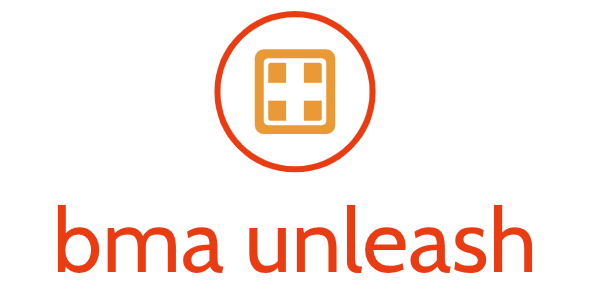

Revolutionizing Healthcare Delivery through Remote Patient Monitoring
Advancements in healthcare technology, particularly in remote patient monitoring (RPM), are reshaping the landscape of patient care. RPM leverages digital tools to collect real-time health data from patients in their homes, enabling healthcare providers to monitor and manage chronic conditions more effectively. In this article, we explore the transformative impact of remote patient monitoring on healthcare delivery.
Enhancing Chronic Disease Management
Remote patient monitoring plays a crucial role in enhancing chronic disease management. For individuals with conditions such as diabetes, hypertension, or heart disease, continuous monitoring of vital signs and relevant health metrics provides valuable data to healthcare providers. This enables early detection of issues, timely interventions, and personalized treatment plans, contributing to better outcomes for patients managing chronic diseases.
Real-Time Health Data for Proactive Interventions
The real-time health data collected through remote patient monitoring empowers healthcare providers to take proactive interventions. By receiving immediate alerts and insights into patients’ health status, medical professionals can address potential issues before they escalate. This shift from reactive to proactive care is instrumental in improving patient well-being and reducing hospital readmissions.
Improving Accessibility to Healthcare Services
One of the significant advantages of remote patient monitoring is its ability to improve accessibility to healthcare services. Patients can undergo monitoring in the comfort of their homes, eliminating the need for frequent hospital visits. This is particularly beneficial for individuals in remote or underserved areas, those with mobility challenges, or those requiring long-term monitoring for ongoing conditions.
Enabling Ageing in Place with Independence
Remote patient monitoring supports the concept of “ageing in place” by allowing elderly individuals to maintain their independence while receiving necessary healthcare support. Through wearable devices and connected sensors, healthcare providers can monitor seniors’ health metrics, detect early signs of deterioration, and intervene as needed, enabling them to live comfortably in their own homes.
Reducing Healthcare Costs and Resource Utilization
The implementation of remote patient monitoring has the potential to reduce healthcare costs and optimize resource utilization. By preventing complications, minimizing hospital admissions, and facilitating early interventions, RPM contributes to more efficient healthcare delivery. This not only benefits patients but also eases the burden on healthcare systems by allocating resources more effectively.
Challenges in Remote Patient Monitoring Adoption
Despite its transformative potential, remote patient monitoring faces challenges in widespread adoption. Issues such as data security, patient privacy concerns, and the need for standardized protocols must be addressed. Overcoming these challenges is essential to unlocking the full benefits of remote patient monitoring and ensuring its seamless integration into healthcare practices.
Technological Advances Driving Remote Patient Monitoring
Technological advances play a pivotal role in driving the evolution of remote patient monitoring. From wearable devices with advanced sensors to secure cloud-based platforms, the technological infrastructure supporting RPM continues to advance. These innovations enhance the accuracy, reliability, and user-friendliness of remote patient monitoring solutions.
Patient Engagement and Empowerment
Remote patient monitoring goes beyond data collection; it fosters patient engagement and empowerment. Patients actively participate in their care by regularly monitoring their health and sharing data with healthcare providers. This collaborative approach strengthens the patient-provider relationship, encourages self-management, and contributes to a more engaged and informed healthcare consumer.
Future Horizons: Integration with Artificial Intelligence
Looking ahead, the future of remote patient monitoring holds exciting possibilities with the integration of artificial intelligence (AI). AI algorithms can analyze vast datasets from remote monitoring devices, providing more sophisticated insights and predictive capabilities. This evolution has the potential to further enhance the effectiveness of remote patient monitoring in personalized healthcare.
Exploring Remote Patient Monitoring for Better Health
To delve deeper into the transformative impact of remote patient monitoring on healthcare delivery, visit Remote Patient Monitoring Health. This link connects you to a hub of information, offering insights into the evolving landscape of remote patient monitoring and its potential to revolutionize healthcare.
Conclusion: Transforming Patient-Centric Care
In conclusion, remote patient monitoring is at the forefront of transforming healthcare delivery into a more patient-centric and proactive model. By harnessing the power of real-time health data, RPM enables better management of chronic conditions, improves accessibility to healthcare services, and empowers individuals to actively participate in their health journeys. As technology continues to advance, remote patient monitoring will play an increasingly vital role in shaping the future of healthcare delivery.









